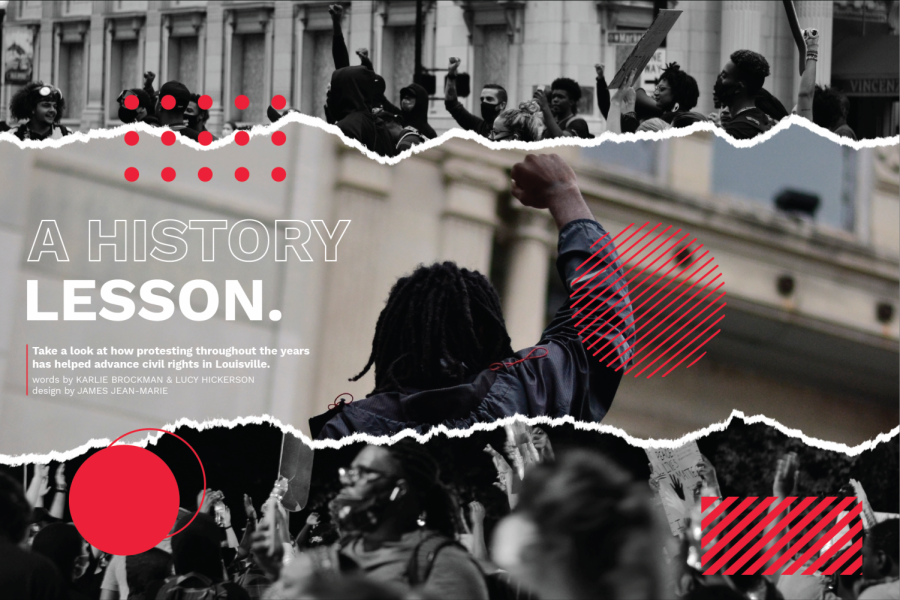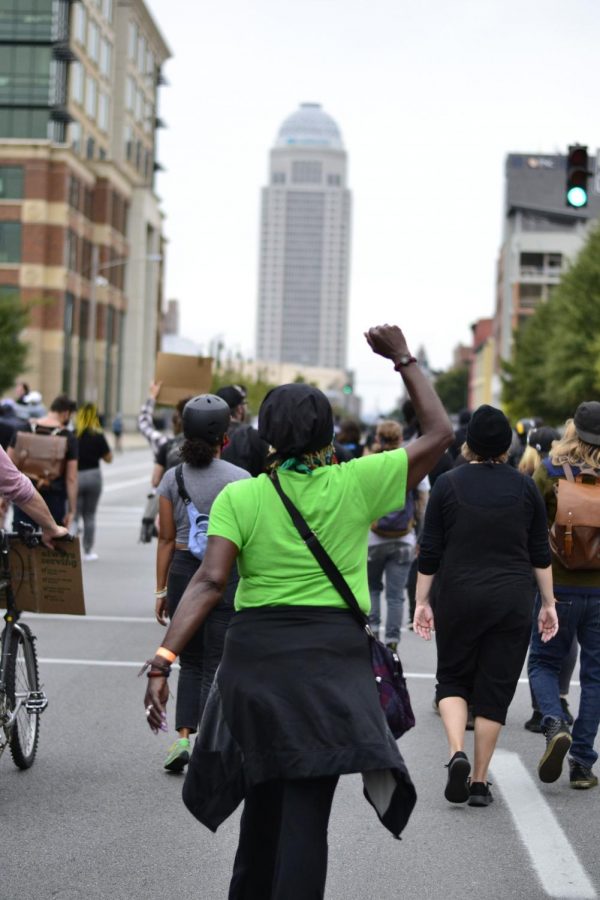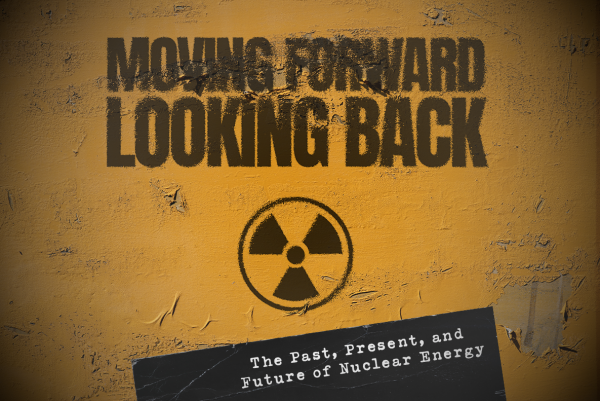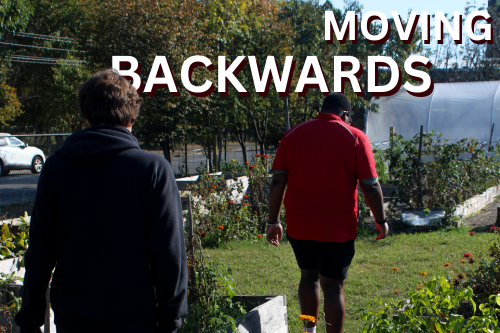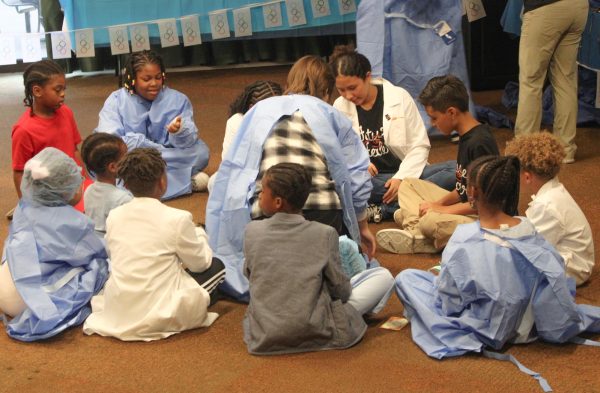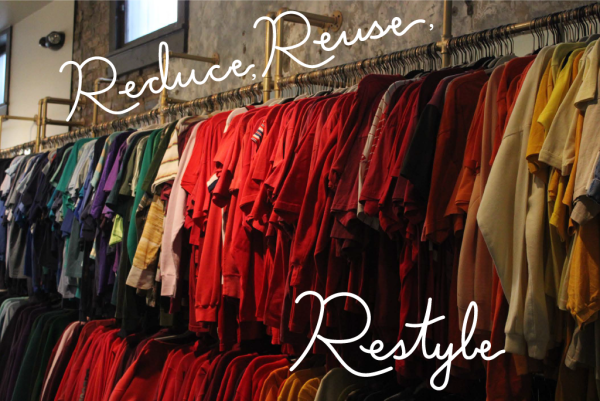A History Lesson
Take a look at how protesting throughout the years has helped advance civil rights in Louisville.
As two teenagers in 2020, this year gave us — along with all of our peers — a front row seat to history being made in our own backyards and across the nation. Louisville has historically been seen as the gateway to the South, a crossover from the Midwest to the Southern U.S. In the 1960s, Martin Luther King Jr.’s brother was a pastor in the city, making Louisville a frequent stop for Dr. King. The fight for racial equality in Louisville has had a long and varied past; but, as we’ve experienced, it is still a part of the present day.
This summer, when we watched live streams from our phone screens or marched through the streets, the protests changed our outlook of our city. Let’s take a look back at the history of civil rights protests in Louisville to see what’s changed, what hasn’t, and why.
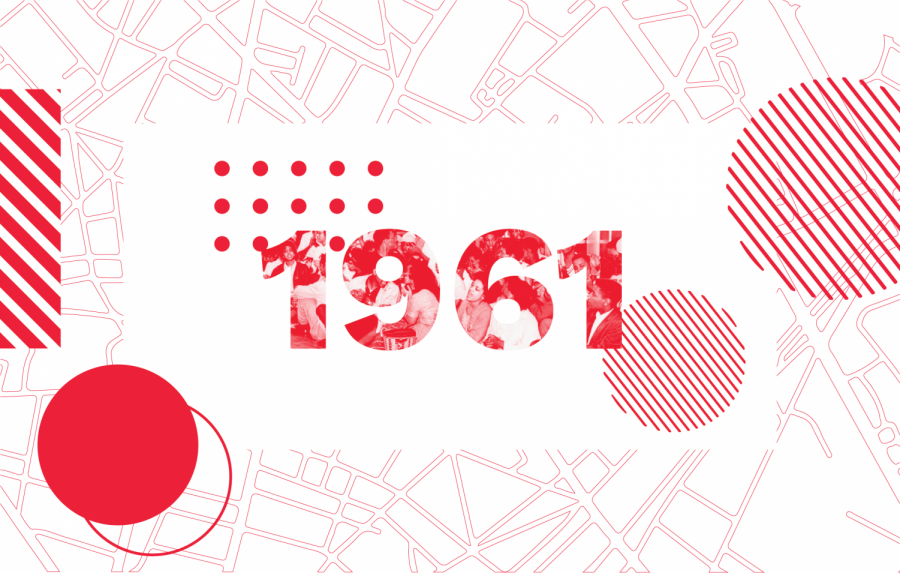
Mass Sit-ins
At the beginning of the 1960s in Louisville, public accommodations were not fully integrated. Racial discrimination in public places was still rampant. Students from Male and Central High Schools participated in the first sit-in — when people occupy a place in protest — in Louisville in 1961 at Stewart’s Dry Goods, the largest department store in the city. Youth have always played a vital role in the history of civil rights protesting.
Just as the first sit-ins caused widespread participation across the South, the Stewart’s Dry Goods demonstration set off a chain of campaigns in Louisville. Over 700 arrests were made and those who couldn’t attend protests upheld an economic boycott of segregated businesses. After two years, open accommodations laws were passed. The law prohibited discrimination, such as refusing service or entry, in public spaces. They were the first of their kind south of the Mason-Dixon line, a pre-Civil War boundary marking the border of Southern states, where slavery was still legal. The sit-ins were largely organized by the National Association of the Advancement of Colored People (NAACP ) and those who participated were involved in the organization, spreading the details in meetings and through word of mouth. The Courier-Journal and Louisville Defender, both newspapers in the city, covered the demonstrations.
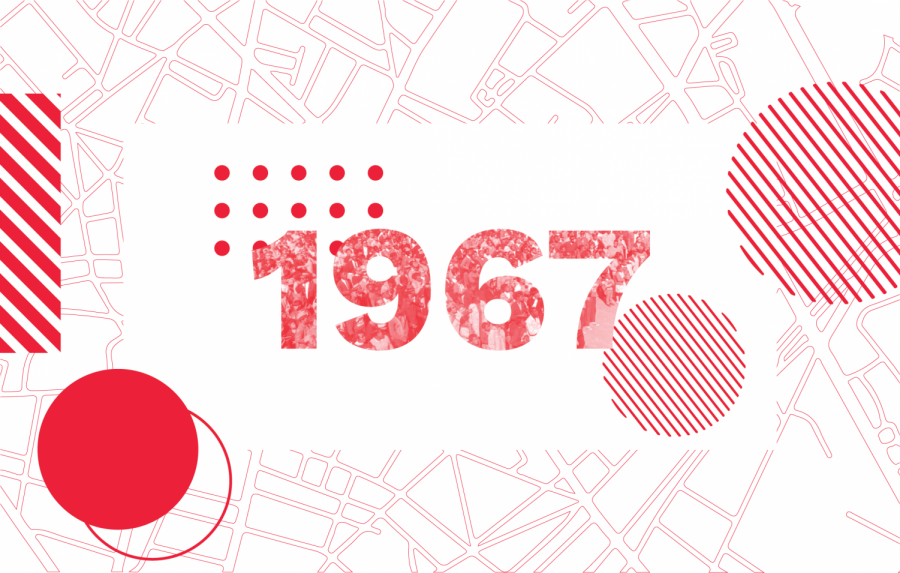
Open House Demonstrations
Local civil rights groups, in conjunction with the Southern Christian Leadership Conference, founded by Dr. King, began a campaign for open housing laws in Louisville. Their goal was to pass legislation which banned racial discrimination in the sale or rental of housing.
On March 7, 1967, they began nightly marches in the South End of Louisville to the homes of the Board of Aldermen, a version of Louisville’s Metro Council. These marches were met with heavier opposition than the sit-in demonstrations six years prior. Pro-segregation mobs yelled racist chants, threw rocks, and attacked protesters. The slogan “No Housing, No Derby” gained popularity as local civil rights groups made plans to hold demonstrations during the Kentucky Derby, Louisville’s cultural and economic pinnacle. Like the protests on Derby Day in 2020, organizers used a day where the spotlight was on Louisville to fight for their cause. Plans in 1967, however, were called off due to the threat of violent retaliation.
According to Dr. Tracy K’Meyer, a historian at the University of Louisville, these marches were also like those seen today. Participants marched through the streets, disrupted traffic, and shouted chants to draw attention to their cause. Organizers spread the details about the demonstrations through word of mouth, letters, and phone calls.
In November 1967, an upsurge in voter turnout, and especially youth turnout, voted out almost all officials on the Board of Aldermen. Title VIII of the Civil Rights Act, known as the Fair Housing Act, was passed in 1968 by the new board. The act outlaws discrimination in the rental, sale or financing of housing on the basis of “race, color, religion, sex, familial status, national origin, and disability.”
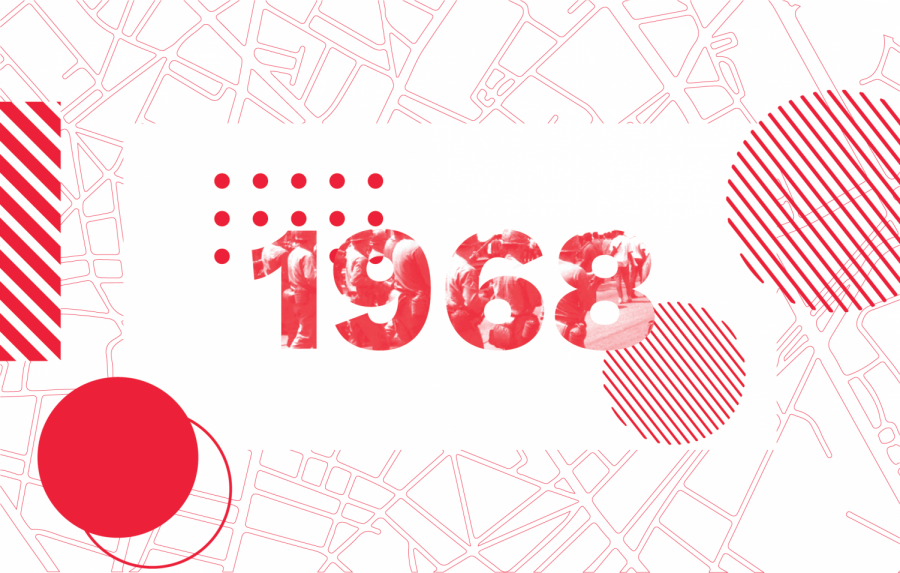
Parkland Protests
In May 1968, LMPD officer Michael Clifford was suspended for using excessive physical force against Manfred G. Reid, a black man. On May 27, a crowd gathered at 28th and Greenwood to protest not only the reinstatement of Clifford by the LMPD, but also the recent assassination of Dr. King. Three weeks later, Stokely Carmichael, a prominent civil rights activist, was scheduled to speak at a local rally. Carmichael’s plane was delayed and rumors of conspiracy acted as a catalyst for the violence to come. After a youth reportedly threw a bottle at the officers, police were dispatched to disperse the group of protesters and the situation quickly escalated.
In the next four days over 2,000 National Guard officers were called in to Louisville. Over 400 hundred people were arrested and 2 were killed. The area remains significant as the Louisville chapter of the NAACP has offices just two blocks away from the origin of these protests. The photos captured that day, similar to many that would document the violence of the future, resulted in public outcry. Documenting protests in photos, such as those of Bloody Sunday in Selma, Alabama, became a way for civil rights leaders to spread their message across the country.
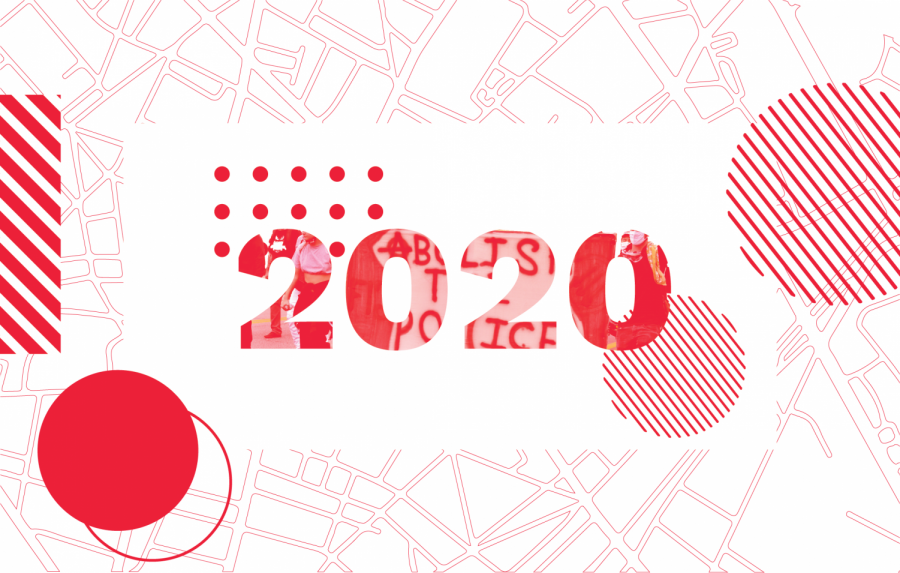
Breonna Taylor Protests
Breonna Taylor, shot by LMPD officers in March 2020, attracted national attention in May, causing protests in her name until September. From the Highlands to the West End, there was no one in Louisville, young to old, who didn’t feel the deep impact of the demonstrations.
“It is not a riot. It is a revolt against a system in which people have felt oppressed,” Councilwoman Keisha Dorsey said.
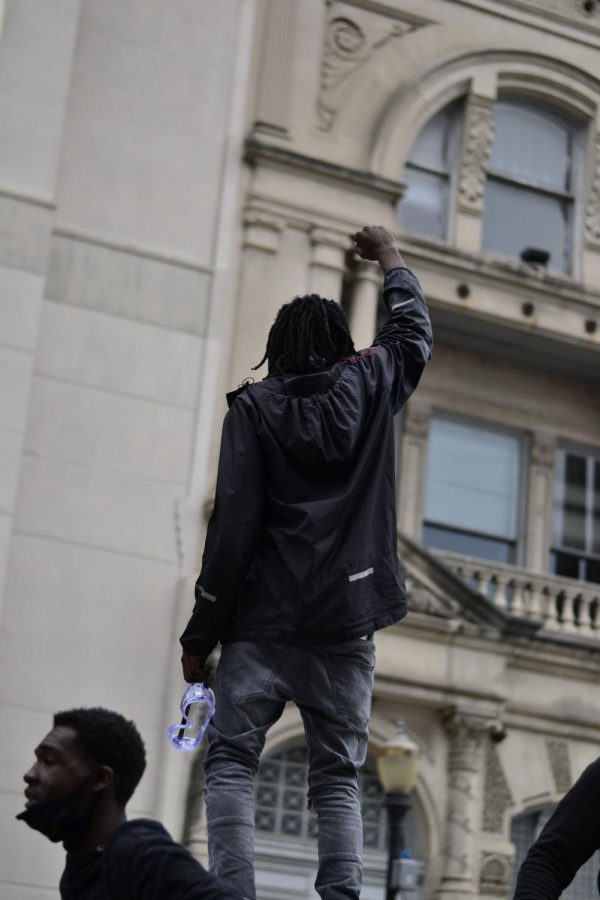
Some news media use terms such as looters and rioters to describe protestors. But through Twitter, Facebook, and livestreams, the protests were more documented than any in Louisville’s history. These platforms allow the public to see first hand accounts of what’s happening, offsetting the singular narrative which was controlled by the news in past protests.
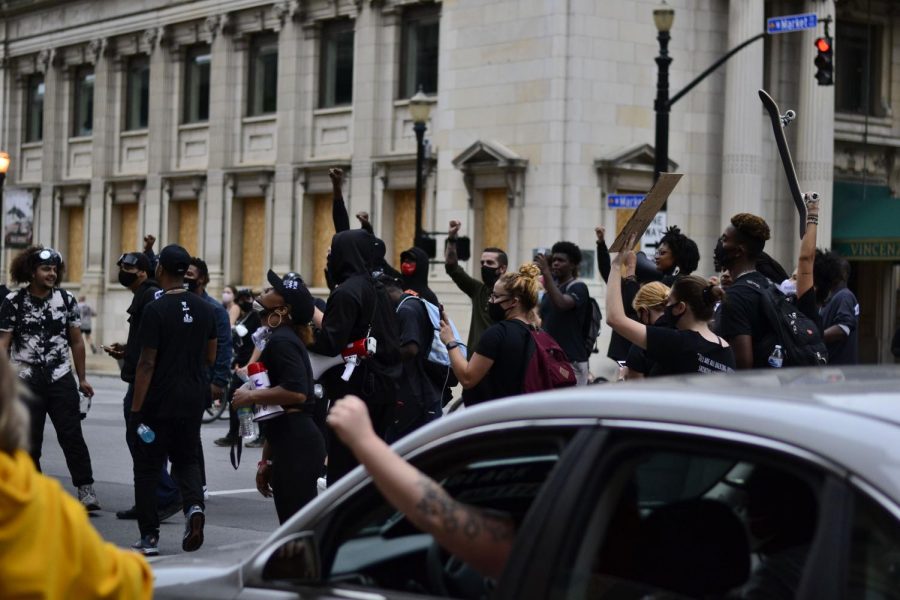
The whole country lay witness to a city coming into the spotlight, fueled by the anger of living in a city marked by systemic racism for decades. Unlike civil demonstrations in the 1960s, the protests were more grassroots and lacked a centralized organization, such as the NAACP, planning them. This is largely contributed to technology. Anyone can get involved in the Black Lives Matter movement or organize a protest as long as they have a Wi-Fi connection.
Looking Forward
The fight for civil rights through protest is not over, in Louisville or anywhere. It’s important to keep in mind that as rising and young adults, we are inheriting this history, but we have the capacity to change it moving forward. Now, even though we are young, we can add to this timeline so that history books will remember the fight we put up.
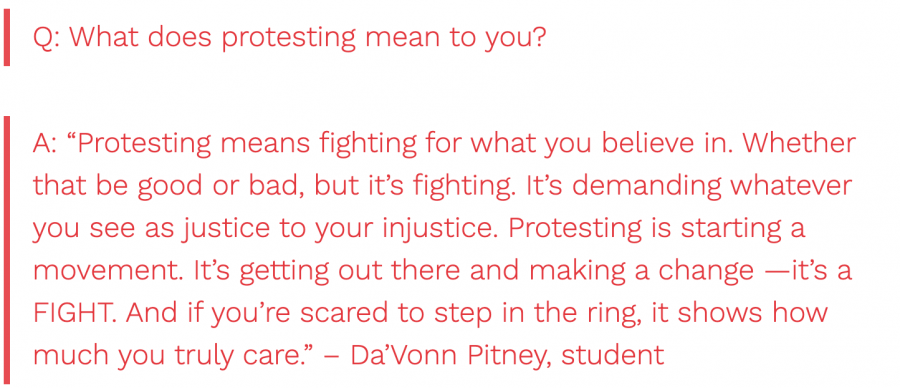
Donations are collected through The Publishers, duPont Manual High School's booster club for J&C. On The Record relies completely on sponsorships, advertisements, and donations to produce and distribute each issue. Please consider donating to our cause, and helping the student journalists of OTR amplify youth voices for years to come.


